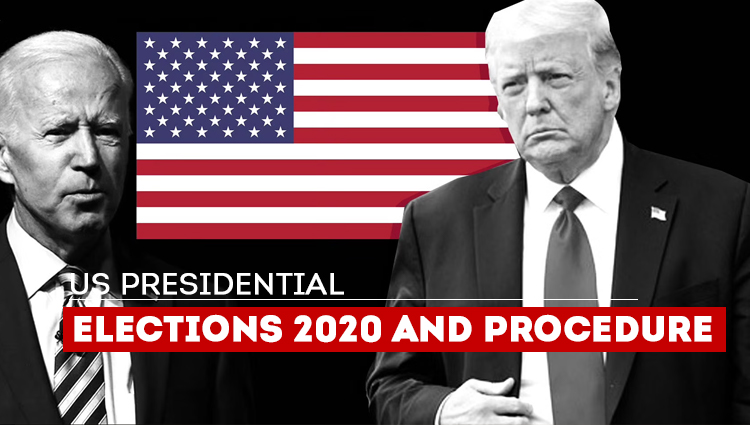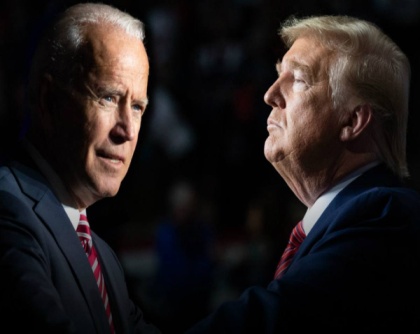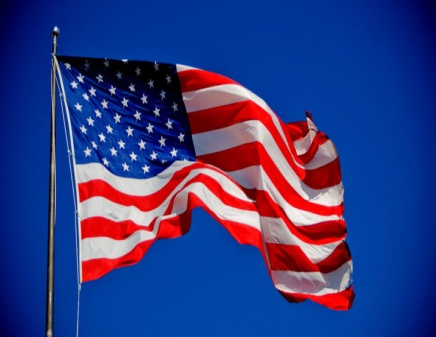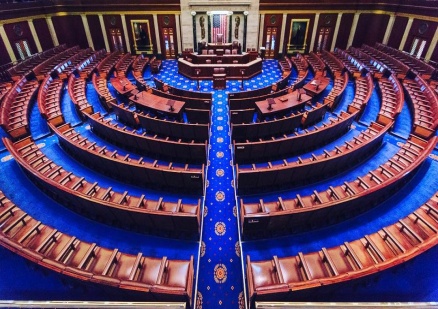
US PRESIDENTIAL ELECTIONS 2020 AND PROCEDURE
US PRESIDENTIAL ELECTIONS 2020 & PROCEDURE

The 2020 United States presidential election was the 59th quadrennial presidential election, held on Tuesday, November 3, 2020. Voters selected presidential electors who in turn will vote on December 14, 2020, to either elect a new president and vice president or reelect the incumbents Donald Trump and Mike Pence, respectively. The series of presidential primary elections and caucuses were held from February to August 2020. This nominating process is an indirect election, where voters cast ballots selecting a slate of delegates to a political party's nominating convention, who then elect their parties' nominees for president and vice president. The major two-party candidates were Republican incumbent president Donald Trump and Democratic former vice president Joe Biden. The 2020 Senate elections and the 2020 House elections, along with various other local elections, were being held concurrently with the presidential election.
ELIGIBILITY CRITERIA IN US PRESIDENTIAL ELECTIONS
The election of the president and the vice president of the United States is an indirect election in which citizens of the United States who are registered to vote in one of the fifty U.S. states or in Washington, D.C., cast ballots not directly for those offices, but instead for members of the Electoral College. These electors then cast direct votes, known as electoral votes, for president, and for vice president. The candidate who receives an absolute majority of electoral votes (at least 270 out of 538, since the Twenty-Third Amendment granted voting rights to citizens of D.C.) is then elected to that office. If no candidate receives an absolute majority of the votes for president, the House of Representatives elects the president; likewise if no one receives an absolute majority of the votes for vice president, then the Senate elects the vice president. An election for the Presidential post in the United States happens every four years on the first Tuesday after the first Monday in November.
As per Article 2, Section 1 of the Constitution of the United States, to run for the post of President of the United States, the candidate must be:
• A U.S. citizen from birth.
• At least 35 years old.
• A U.S. resident for at least 14 years.
PROCEDURE OF U.S. PRESIDENTIAL ELECTION

Primaries & Caucuses: The U.S. election process begins with primaries and caucuses. The two major political parties (the Republicans and the Democrats) select their candidates through the internal election process. In caucuses, the party members meet, discuss and vote for the right candidate. In primaries, the party members vote in a state election for the candidate who they want to represent in the General Election.
National Convention: Each party holds a national convention to select a final presidential nominee. State delegates from the primaries and caucuses selected to represent the people will now “endorse” their favorite candidates and the final presidential nominee from each party will be officially announced at the end of the conventions. The presidential candidate also chooses a running mate (Vice Presidential candidate). The presidential candidates campaign throughout the country to win the support of the general population.
General Elections Campaign: It begins after a single nominee is chosen from each political party, via primaries, caucuses, and national conventions. These candidates travel the country, explaining their views and plans to the general population and trying to win the support of potential voters. Rallies, debates, and advertising are a big part of general election campaigning.
General Election (Popular Vote): People in every state across the country vote for one President and Vice President. When Americans go to the polls in November they will select their favorite presidential candidate and their running mate. When people cast their vote, they are actually voting for a group of people called electors. Except in the states of Maine and Nebraska, if a candidate receives the majority of the votes from the people of a state then the candidate will receive all electoral votes of that state. The presidential nominee with the most electoral votes becomes the President of the United States.
Electoral College: The Electoral College is a process in which electors or representatives from each state in number proportional to the state’s population cast their vote and determine who will be president. Each state gets a certain number of electors based on its representation in Congress. There are a total of 538 electors selected according to each state’s policy. Each elector casts one vote following the general election, and the candidate who gets more than half (270) wins.
HOW DOES THE ELECTORAL COLLEGE PROCESS WORKS

After a vote is cast for the President, the vote goes to the statewide tally. The winner in a state gets all the electoral votes for that state. A candidate must get at least 270 electors to win the elections. It is possible to win the popular vote but lose the election and vice-versa. In the 1800s, 2000 and 2016, the candidate won the Electoral College but lost the popular vote. If no candidate wins the majority of electoral votes, the vote goes to the House of Representatives. The House members choose the new President from the top three candidates. The Senate elects the Vice-President from the remaining top two candidates. This happened in 1824 and the House of Representatives elected John Quincy Adams as President.
Though uncommon, it is possible to win the Electoral College, but lose the popular vote. That means that a candidate can win a combination of states and reach the 270 electors mark without winning the majority of votes across the country. This has happened five times in American elections – most recently in 2000 and 2016. In 2016, Donald J. Trump won the Electoral College with 304 votes compared to 227 votes for Hillary Clinton. However, seven electors voted for someone other than their party’s candidate. Even though it doesn’t matter, it was Hillary Clinton who won the popular vote in 2016.
INAUGURATION DAY OF THE PRESIDENTIAL ELECTIONS
The role of the US Congress is to count the votes and officially declare the winner. The newly elected President and Vice President are inaugurated in January. The newly elected President and Vice-President take the oath of office and are inaugurated on January 20th. It is interesting to note that in other U.S. elections, the candidates are elected directly by people. However, for the Presidential and Vice-Presidential post, the citizens indirectly vote for the candidates through the Electoral College.
QUESTION (1-5)
Q.1 The U.S. presidential election takes place every four years on which of the following days?
A. second Tuesday in November.
B. the first Tuesday after the second Monday in November.
C. the first Tuesday after the first Monday in November: ANSWER
D. first Tuesday in November.
Q.2 Which of the following statements is true about the US presidential election 2020?
A. Elections of 2020 is the 57th Presidential Election in the US.
B. Joe Biden was the 47th vice president in Barack Obama's administration: ANSWER
C. Kamala Harris is the Republican's Candidate for the post of Vice President.
D. None of the above
Q.3 Which of the following is not an eligibility criteria for the candidates to the post of President in the USA?
A. Should be U.S. citizen from birth.
B. Should be at least 35 years old.
C. U.S. resident for at least 14 years
D. Should not hold any office of profit: ANSWER
Q.4 In the event that a single candidate does not get a majority of electoral votes, the Constitution states that the ________ decides the winner.
A. Supreme Court
B. Senate
C. Entire Congress
D. House of Representatives: ANSWER
Q.5 Which statement is correct about the National Convention in the procedure of electing the US President?
A. Here parties vote in State elections
B. Parties finalize the presidential nominees: ANSWER
C. Citizen of US vote to choose the candidates
D. None of the above












0 Comment